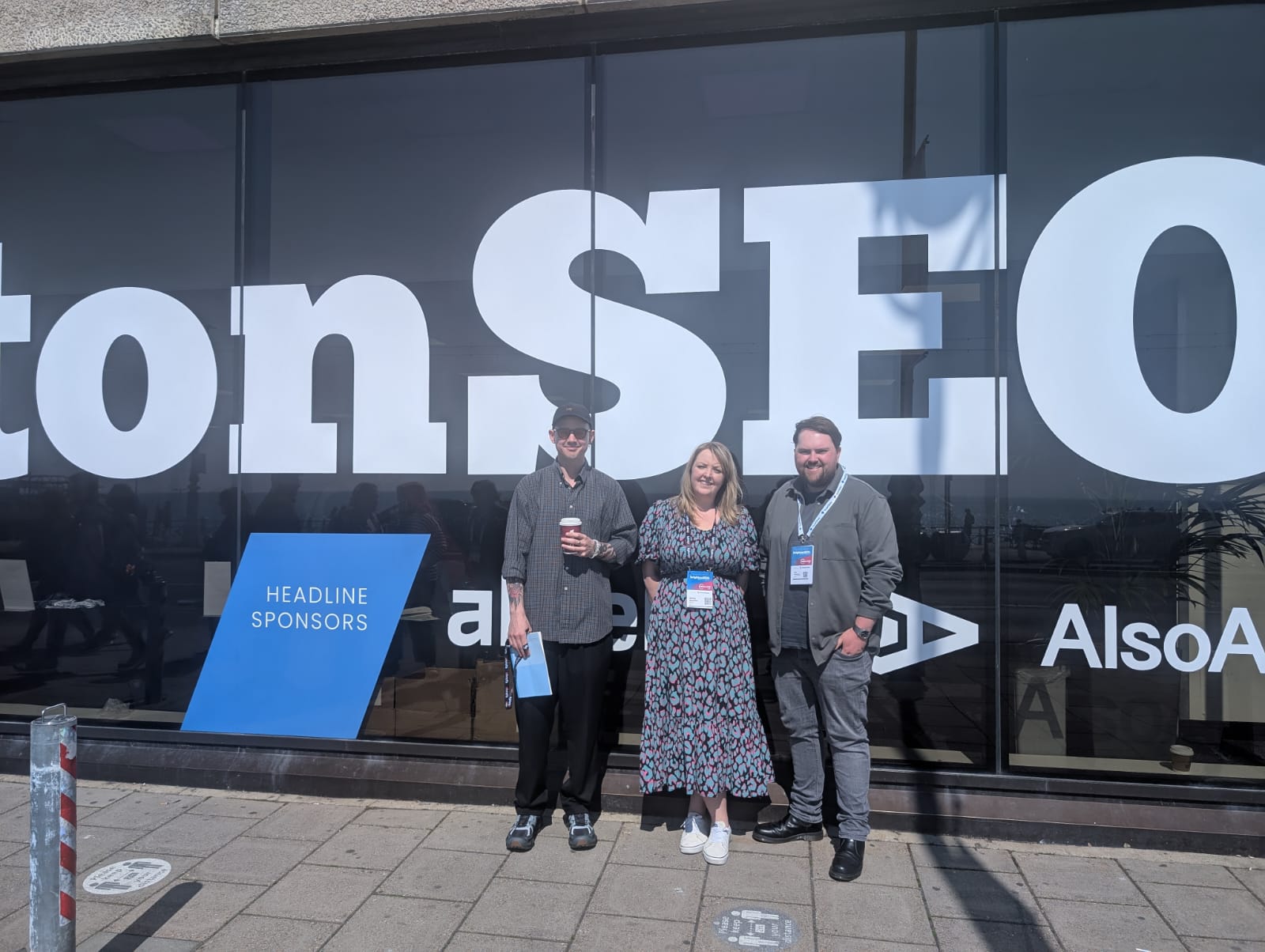How to write a research report

By Alex Knight, Financial Services
This blog outlines a 12-step guide to writing an effective research report, focusing on survey-based methodologies. It covers three core phases that take you from concept to launch, providing practical tips and insights to help businesses produce reports that will boost brand awareness and support lead generation.
Building a brand doesn’t happen overnight. Unless you have an explosive stunt in your back pocket, it requires a clever and consistent communications programme across years.
However, there is a way to give your brand a perfect platform for success: a research-based report. Not only does a report provide you with original data and insights that can fuel marketing activity for months, but they’re usually more meaningful than that.
Reports take a deep dive into a topic that a business wants to be associated with and will often draw attention to the very challenges that a business is trying to solve. As such, the launch of a report is usually a major milestone – and one which shapes the future of the brand.
There are many ways to do research and I would encourage you to explore what options might work best for what you have in mind, whether it’s digging into publicly available data sets, aggregating recent news and case studies, examining existing literature – or better yet – using data from your own business. That said, the default for many is a survey, which is a fast and reliable way to gather some useful data.
Whichever methodology you decide to go with, creating a research report can be a large and intimidating project. Fortunately, this article breaks down the process into 12 key steps (specific to a survey-based report) that will take you from idea to launch, with some top tips along the way.
Phase one: Ideation
Step 1: Establish a clear concept
You probably already have some rough ideas, but it’s important to start by working out the story you want to tell and the topics you want to investigate. Ideally, what do you want the research to uncover? Who do you want to read it? Are you looking for a punchy 1,000 words or something more in-depth at 10,000? Key things to think about here are budgets, word count, and scope for the survey, including job titles, sectors, and regions.
Step 2: Put a plan (and timeline) in place
From experience, we know that reports require tight project management and a clear step-by-step process. Before beginning, you should assign a project manager and develop a timeline with clear ownership of actions and deadlines. The length of the project will depend on the research, but a shorter report will take a couple of months whereas a longer piece of research can take six months or more.
Step 3: Finalise research methodology and scope
Here you need to balance budget with credibility. For B2B research, you need a minimum of 100 respondents whereas it’s 1,000 for consumers for the research to be seen as credible – and therefore newsworthy in the eyes of the media. However, the higher the number of respondents, the more credible. It is possible to run the survey yourself through the likes of SurveyMonkey, but it can be a real challenge to gain a decent number of responses.
When it comes to research agencies, as tempting as it is to simply go for cheapest option, they all have pros and cons, with some providing much less consultancy throughout the process. As part of those conversations, don’t forget to ask how the data will be presented back to you. Is it on Excel or do you get access to an interactive platform?
Step 4: Gather inspiration and ideas
At this point, you should build on the initial ideas by doing extensive desk research into the areas you are investigating. What does your audience care about? What are the biggest news stories? It’s important to do some digging to see if there is any rival research out there, both for inspiration and to avoid creating something similar. This all informs the direction of the research.
If possible, it is well worth speaking to a few journalists to ask what research they would like to see. That usually gives a good steer. After that, you should have calls with your subject matter experts to catch their thoughts on what you have found and to hear what they think is missing.
Phase two: Development
Step 5: Create an exceptional survey
This is arguably the most important step. The questions can really make or break the report, and require careful thought to provide you with data people will care about. It can be helpful to work backwards by thinking about some of the headlines you want and writing the question to deliver that outcome.
Try not to overcomplicate questions. Simple and short questions will provide clearer cut data. In addition, it’s important to make the most out of screening questions – think beyond the standard gender, age, job role, sector, and region. What else could be useful to find out that is specific to your sector? On a similar note, you can extract extra value by adding some questions at the end of the survey that can help inform your brand or business strategy – have they heard of you? What does your audience want from suppliers like you?
Step 6: Wait patiently for your data
This will usually take a few days but can take over a week depending on the panel. Use this time to put a plan in place for when the data is due back. Who’s doing the analysis? Can they block out a couple of days to dive into it? It’s also worth being very clear with the research agency how you want the data presented.
Step 7: Examine the results
This is where you take a deep dive into the data, plucking out key stats and looking at how the different demographics compare to each other. There’s bound to be a heap of exciting stories in there so don’t just scratch the surface here. The best stories are often buried a little.
Throughout this process, use the research agency to help you to come up new stats by working out averages, creating net totals, or combining responses that can be grouped together. That will help create some eye-catching statistics. It can also work well to create a framework / structure of the report at this point.
Step 8: Chat with your experts
While the data is the foundation, the best research reports have insights and commentary alongside the data so this is the time to have some longer discussions with your spokespeople to hear their thoughts on the findings. What is surprising? How do they explain it?
If possible, try to have a mix of voices and pull in spokespeople from relevant companies or organisations. Industry bodies and trade associations are perfect if you can bring them in.
Ahead of all interviews, you should circulate a document containing what you’re looking to discuss (and mock questions). That said, you don’t want the spokesperson to be over-prepared as it tends to be more robotic. You’re looking to have a relatively free-flowing conversation as this tends to generate the best insights and lead to some more personal quotes and anecdotes.
Phase three: Creation
Step 9: Write the report
This is where you finally pull all this information together. Start by creating a structure, with all the key points and data in an order that makes most sense. It’s important to consider the narrative carefully. Try not to just write up the data question by question. Think about how the findings can be grouped together thematically.
It may sound obvious, but do not pepper the report with sales messages. It acts as a turn off for the reader and undermines trust in what you have written because it suggests your interpretation is skewed. Instead, try to give an honest and impartial read on the data. After all, the quality of the report is what will create engagement and support lead generation, not sales messages.
The length of the write up will vary, but it should include different sections as well as a foreword, a methodology, and an executive summary, which is best done in bullet points. Then, be strict with yourself on editing and cutting. Remember that the report is not the only way for you to use interesting data!
Step 10: Manage editing and sign off
Once you have a first draft, you’ll need to go through edits and approvals, which often involves different stakeholders. This phase requires really tight management and communication to make sure everyone is aligned and sticking to timelines. Be clear on who is reviewing what and when the deadline is. It can be matter of ‘too many cooks’ when it comes to long form content, so be selective with who feeds in at this point to avoid excessive rounds of edits. And beware of version control, especially when working with external parties.
Step 11: Design the report
Fairly self-explanatory, but the design will have a massive impact on how people engage with the report. A well-designed report with the right visual signposting will bring the data to life and make certain messages pop, making it is easier to read and more likely to capture the attention of the reader. The graphs need careful thought – some data is best presented as a pie chart whereas some will work best as a bar chart.
In addition, it can work well to include ‘pop-out’ quotes and stats that really stand out. Infographics and graphs can also be used for promotional activity and can be included in other assets, such as videos.
Step 12: Give it a final, thorough proof
Before launching, give the report a final proof. Be thorough here. For example, I’d recommend checking that every single statistic is accurate. Beyond that, you should check all the copy matches the final version, that all the graphs look right, and that the formatting and grammar is consistent throughout e.g. “%” vs “percent”.
Shaping your brand
While each report is unique, these twelve steps will help to guide you through the process. Major pieces of content like this (such as those we have written for Ayming Group) act as a stake in the ground for a company, establishing authority and building recognition in a particular field. In that way, they embody the essence of a company and shape the identity of its brand and it’s therefore absolutely critical that the reader – which is often a potential customer – is impressed by what they read.
At Aspectus, we specialise in creating award-winning research reports and are always happy to have a conversation on how we might be able to help.
Part two with tips for launching a report to follow…
About the author
Alex is an award-winning content and creative strategist. In his 7 years at Aspectus, he has written and managed dozens of research reports and is an expert at using data to create news stories that will capture the attention of journalists.

